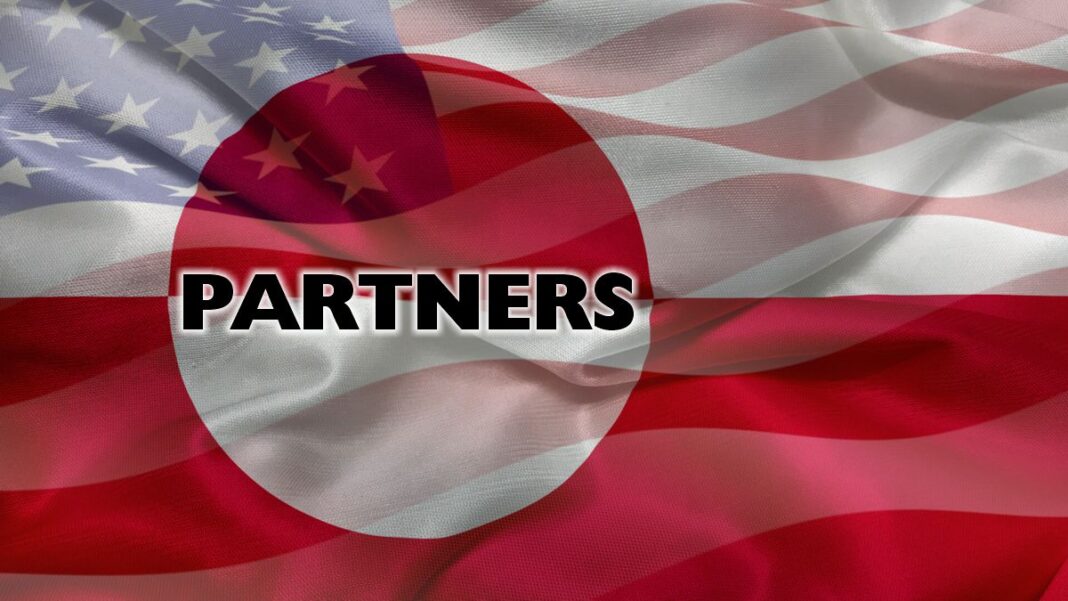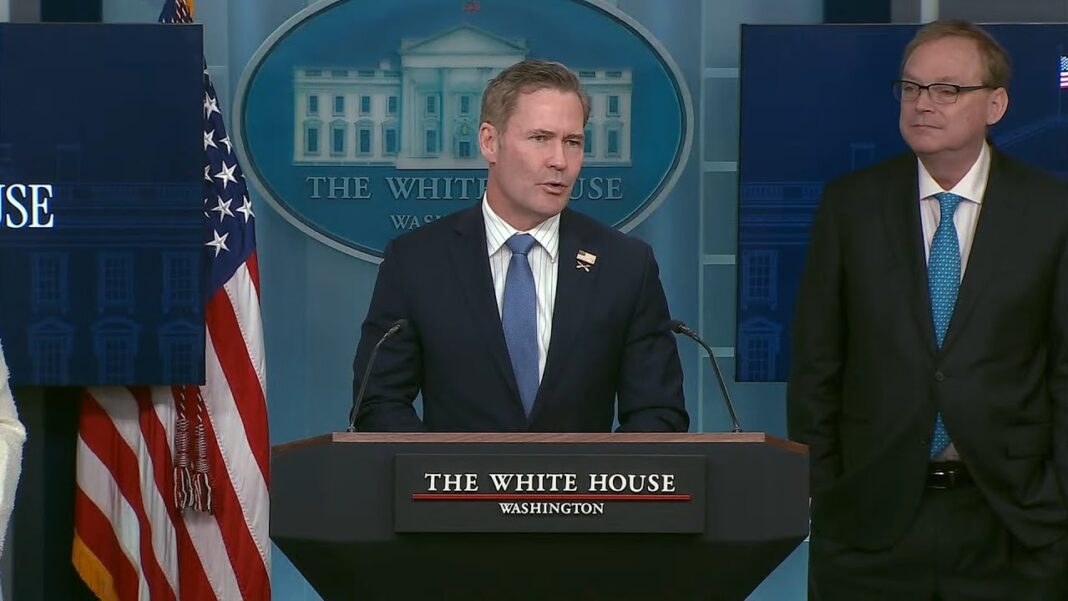Here’s the first thing President Trump’s advisors must tell him. When negotiating with Denmark to buy Greenland: it isn’t Denmark’s to sell.
Donald Trump is not the first US President to make an offer to buy Greenland. President Harry Truman offered Denmark $100 million for it in 1946.
Today, 55,788+ Greenlanders strive for political recognition, autonomy and (if it became possible) independence from their former colonizers.
In 2008, the country overwhelmingly passed a referendum on Greenland self-government. Politically, this placed the Greenlandic parliament on an equal basis with the Danish parliament – although this relationship is an uneasy one. Aspects of Greenland’s politics remain under Danish control: foreign policy, security and international agreements. And this costs Denmark plenty – it contributes two-thirds of Greenland’s budget ($1.59 billion).
Trump’s Options
Under current law, Greenlanders have the right to self-determination, and any agreement to purchase this vast landscape would need the approval of the Greenlanders.
Many are calling the idea of the U.S. getting control of the island – ludicrous – but closer examination says, maybe not. What Trump actually wants is Artic access for America. A purchase would only be possible, if the autonomous territory declares independence from Denmark. He could seek to make it a commonwealth like Puerto Rico. Or he could construct a relationship like the US has with Micronesia, Palau and the Marshall Islands, giving the U.S. military access in exchange for security and financial benefits.
In fact, a strategic arrangement involving US security guarantees as well as a huge investment commitment could bode well for Greenland and the US.
The 1951 Defense of Greenland Agreement
President Trump’s vision of American ownership of Greenland is not mere political theatre; it has roots in history. During the Cold War, a legal basis for American presence there was established by the 1951 Defense of Greenland Agreement. This agreement empowers the U.S. to significantly influence and potentially control this strategically vital territory, especially when “national security” is invoked.
The arrangement allows for the establishment of “defense areas” in Greenland – including the Pituffik Space Base, a material contribution to American strategic capabilities in the Arctic.
Securing Greenland in this way would give the US access to crucial resources like rare earths (25 of 34 minerals deemed “critical raw materials” by the European Commission are found in Greenland). The move could also guard against hostile incursions via the Arctic. As climate change potentially opens a sea route across the Arctic, the island’s strategic importance will only be enhanced.
Greenland can be of paramount importance to America – as China and Russia compete with the US to claim northern territory with an aim to control the region and access its scarce natural resources.
Marc Jacobsen, of the Royal Danish Defense College, told Newsweek, while the idea of buying Greenland was seen as “neocolonial provocation” in 2019, today it is viewed as “an opportunity to strengthen bilateral ties between Greenland and the US,” Jacobsen said.
Moreover, he continued, “Today, several Greenlandic politicians state that of course Greenland is not for sale, but they are very interested in strengthening ties with the US, especially in ways that can improve the Greenlandic economy.”
Realpolitik requires us to state that, pragmatically, acquiescence to a Trump bid to purchase Greenland outright would be unlikely.
President Trump, in a “fiery” phone call last week, told Denmark’s Prime Minister Mette Frederiksen he is serious about taking over Greenland.
In response, Greenland Prime Minister Múte Egedereiterated that, “Greenland is for the Greenlandic people. We do not want to be Danish; we do not want to be American. We want to be Greenlandic.”
Denmark united against the idea of a sale in 2019, and the Greenlanders themselves are unenthusiastic about swapping one sovereignty for another as opposed to declaring outright independence.
Yet, this idea of sovereignty for Greenland could be the key to Trump getting what he wants from the island – access to the Arctic.
What if the US offered to provide financial and security guarantees in support of Greenland’s desire for independence? The latter might very well be inclined towards a strategic relationship with America.
Greenland’s GDP in 2021 was $3.24 billion. But its true value includes future growth and untapped resources like minerals and oil.
David Barker, former economist at the New York Federal Reserve, estimates a purchase price of between $12.5 billion and $77 billion based on prices paid by the US for the US Virgin Islands and Alaska, adjusted for inflation and economic growth.
But if the US is not buying the island and only providing security guarantees and investment commitments in support of its independence from Denmark, the cost is less (including its budget needs of $1.59 billion). The GDP of both countries (but especially Greenland) will increase substantially with the development of its natural resources.
Greenland achieves independence, security and development – America gets unfettered access to the Arctic.
Few countries other than the US have the public and private capital needed to “capitalize” the island’s growth potential as well as provide for its strategic defense.
With its established historical presence, existing legal framework for a presence as well as significant defense assets in Greenland, the United States is advantaged in its efforts to assert its interests in this strategically important land mass.
President Trump should pursue this approach toward Greenland’s independence, highlighting already recognized long-standing security agreements with Greenland that have demonstrated well-defined mutual benefit for over 70 years.
In doing so, the U.S. can make a compelling argument for enhancing its role in Greenland’s future through increased security arrangements and substantial economic investment. This approach is consistent with President Trump’s vision of increased American control over a vital Arctic territory. It ensures U.S. national security interests while also protecting Western access to a strategically important region of the world.






